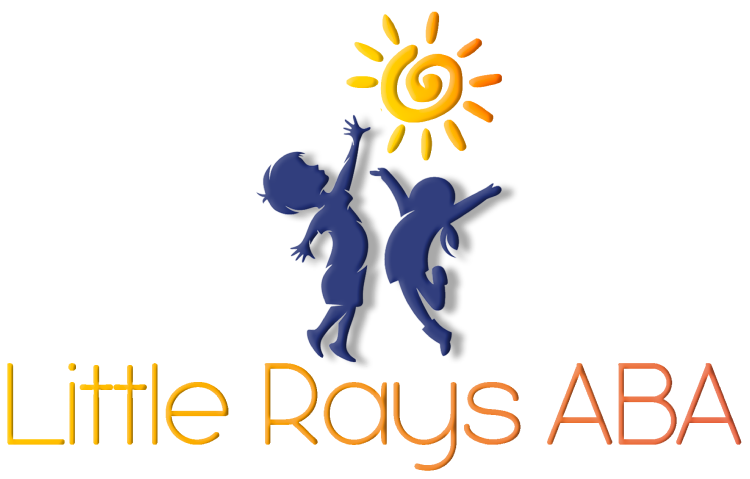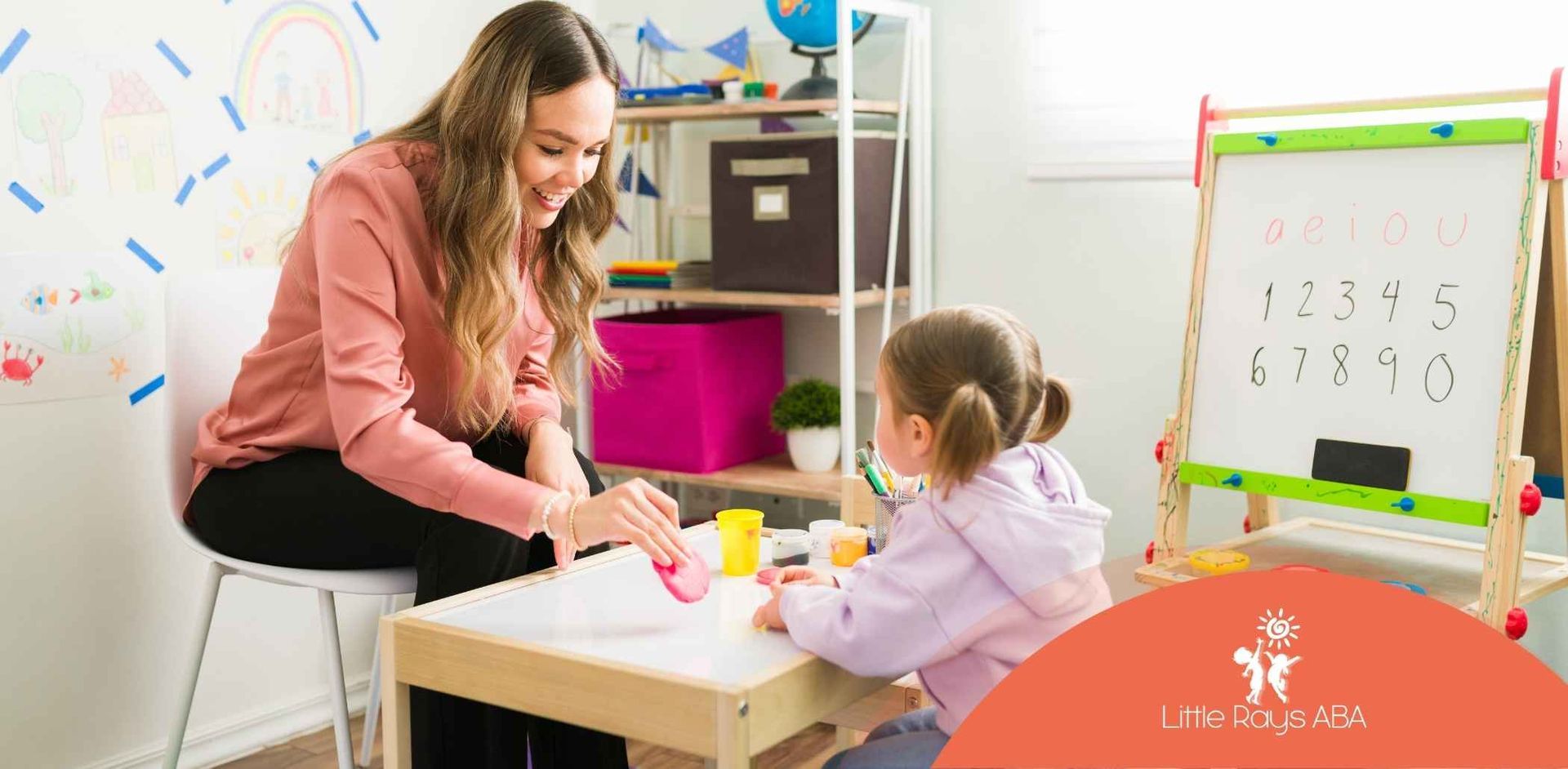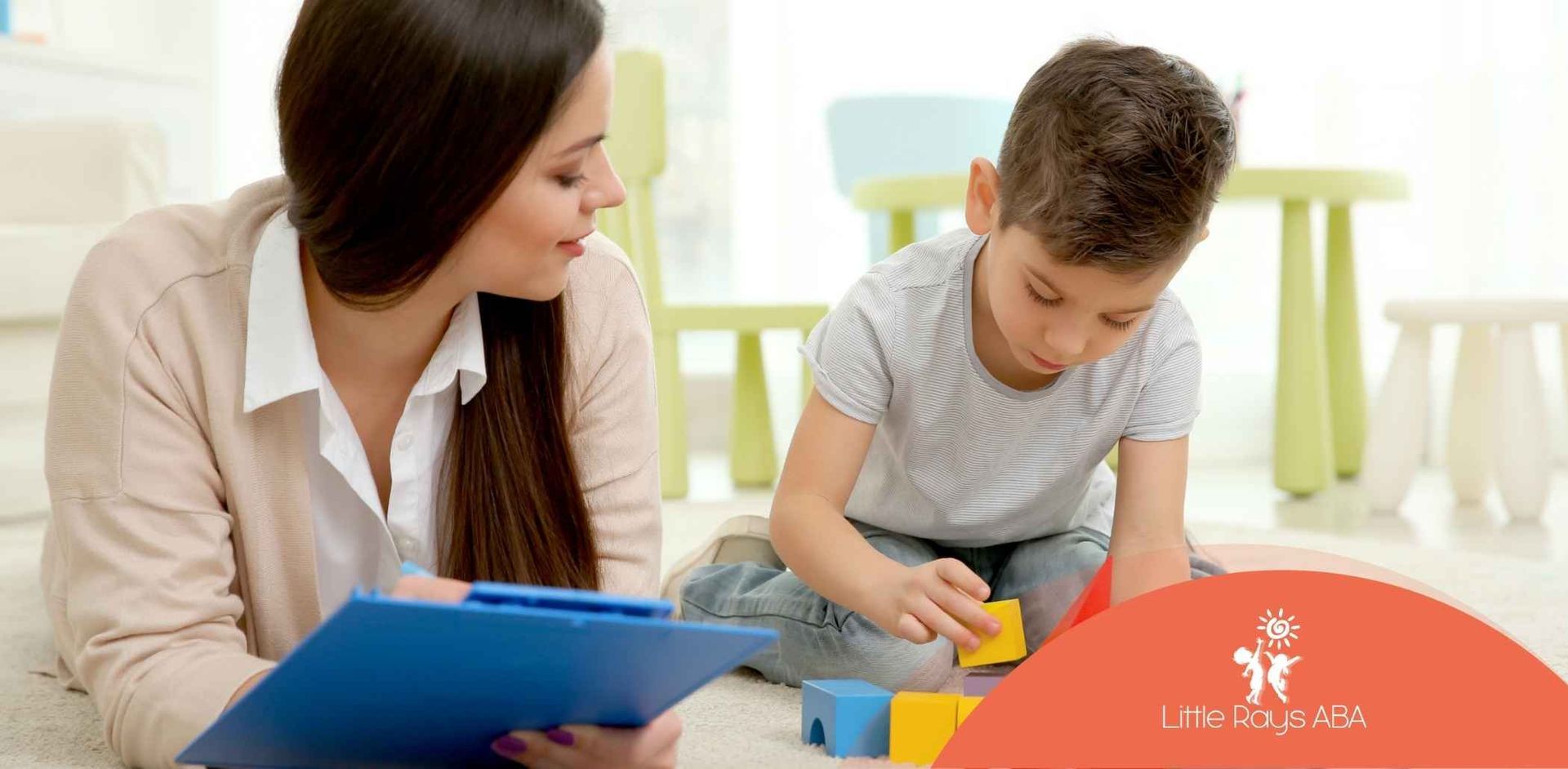
Best Toys for Autistic Children: Enhance Play & Development
Choosing the right toys for autistic children can make a significant difference in their development. Autism spectrum disorder (ASD) affects each child differently, and finding toys that engage their interests, promote learning, and support sensory processing is essential for fostering development in a fun and meaningful way.
In this blog post, we will explore a variety of toys that are particularly beneficial for children with autism. These toys are designed to support a range of developmental needs, from enhancing social skills and communication to improving fine motor skills and sensory integration. Whether you're a parent, caregiver, or educator, this guide will help you select the best toys to promote growth and enjoyment for autistic children.
Why Are Toys Important for Autistic Children?
Toys play a vital role in the development of all children, but for children with autism, the right toys can help support areas where they may need additional encouragement. These include:
- Social Skills: Many toys can foster communication and social interaction, which can be a challenge for children with autism.
- Sensory Regulation: Sensory sensitivities are common in children with autism. The right toys can help them process sensory input in a comfortable and engaging way.
- Motor Skills: Both fine and gross motor skills can be developed through interactive and hands-on toys.
- Cognitive Development: Educational toys that encourage problem-solving, creativity, and imagination can promote cognitive growth.
- Self-Regulation: Some toys help children with autism manage anxiety, stress, and emotional regulation.
By incorporating toys that meet specific developmental needs, you can create an environment that supports learning, interaction, and relaxation.
Types of Toys That Are Good for Autistic Children
When selecting toys for autistic children, it's important to consider their unique needs and preferences. Below are different categories of toys that can support a variety of developmental areas.
1. Sensory Toys
Sensory toys are ideal for children with autism because they help regulate sensory processing and provide comfort during overwhelming moments. These toys stimulate the senses in different ways, including through touch, sound, and sight.
Examples of Sensory Toys:
- Fidget Toys: Simple tools like fidget spinners, fidget cubes, or squishy stress balls can help children with autism manage anxiety and focus. These toys offer tactile stimulation and encourage fine motor development.
- Chewable Toys: Some children with autism have a tendency to chew objects as a way of calming down. Chewable necklaces, bracelets, or textured chew toys provide a safe and sensory-friendly way for children to engage in this behavior.
- Weighted Blankets and Stuffed Animals: These can offer deep pressure stimulation, which is often calming for children with autism. Weighted products can help children self-regulate by providing a sense of security and comfort.
- Light-Up Toys: Toys that light up or change colors can be highly engaging for children who enjoy visual stimulation. Light-up toys, especially ones that make sounds or vibrations, can provide a multisensory experience.
- Tactile Toys: Textured balls, silicone mats, or fabrics that vary in texture allow children to explore different sensory experiences through touch, helping them develop tactile sensitivity.
2. Communication Toys
Communication can be a significant challenge for children with autism, particularly those with limited speech. Toys that encourage communication can help children express themselves and connect with others.
Examples of Communication Toys:
- Picture Communication Systems: Picture exchange communication systems (PECS) and toys that feature visual symbols or images can support non-verbal communication and help children request items, express desires, or communicate basic needs.
- Interactive Books: Books with buttons that make sounds or play music can encourage children to engage with language and speech. Some books even have interactive elements that allow children to press buttons to hear the names of objects or animals, promoting vocabulary development.
- Speech Therapy Apps: There are various tablet applications designed to improve communication skills. These apps can help children practice speaking, recognizing words, or improving conversational skills through interactive activities.
- Electronic Learning Toys: Toys such as learning tablets or interactive robots can provide auditory and visual feedback, encouraging children to interact and communicate. These toys can help reinforce early language skills and basic concepts like numbers, letters, and shapes.
3. Fine Motor Skills Toys
Fine motor skills are crucial for day-to-day activities, and many children with autism need extra support in developing these skills. Toys that engage the hands and fingers help build strength, coordination, and dexterity.
Examples of Fine Motor Skills Toys:
- Building Blocks: Classic toys like LEGO sets or large building blocks help improve hand-eye coordination and fine motor skills. Children can practice stacking, sorting, and arranging blocks to build different structures, encouraging both creativity and dexterity.
- Puzzles: Simple jigsaw puzzles or shape-sorters can help children develop problem-solving skills and improve hand-eye coordination. Some puzzles feature tactile elements, making them more engaging for sensory-sensitive children.
- Threading Toys: Toys that involve stringing beads or threading large buttons onto a string are excellent for improving fine motor skills. These activities require precision and hand strength, which are key to the development of dexterity.
- Drawing and Writing Tools: Crayons, markers, or specialized drawing tools encourage children to practice grip and control. Tools designed for children with autism may have extra-large grips or special designs that make it easier for them to hold and use.
4. Social Skills Toys
Children with autism often face challenges in developing social skills and understanding social cues. Toys that promote cooperative play and social interaction can help children practice these essential skills.
Examples of Social Skills Toys:
- Board Games: Simple board games like "Guess Who?" or "Candy Land" provide an opportunity for children to practice taking turns, following rules, and interacting with others. Many games are designed to be inclusive, ensuring that children with autism can engage and learn social skills in a structured environment.
- Role-Playing Toys: Dolls, action figures, and pretend play sets like kitchen sets or doctor kits allow children to practice social scenarios. Role-playing encourages imaginative thinking, empathy, and understanding of social norms and expectations.
- Interactive Stuffed Animals: Some stuffed animals interact with children by responding to touch or speaking when pressed. These toys can encourage children to engage in social interactions by speaking or responding to the toy, fostering communication skills.
- Social Skills Apps: Several apps are designed to teach social skills to children with autism. These apps use interactive exercises, videos, and stories to teach children how to engage in various social scenarios, like introducing themselves or making eye contact.
5. Gross Motor Skills Toys
Gross motor skills are necessary for physical activities like walking, running, and playing. Toys that encourage movement and physical coordination can help children with autism improve their gross motor abilities.
Examples of Gross Motor Skills Toys:
- Trampolines: Small indoor trampolines allow children to expend energy, improve balance, and practice coordination while having fun.
- Balance Boards: These toys are excellent for promoting balance and strengthening core muscles. Children can engage with them by standing, sitting, or balancing in different ways.
- Climbing and Crawling Toys: Play structures like tunnels, climbing frames, and slides offer opportunities for children to practice gross motor coordination, strengthen muscles, and engage in active play.
- Balls: Simple inflatable balls or balls with textured surfaces encourage children to practice rolling, bouncing, and kicking, which improves motor control and coordination.
How to Choose the Right Toy for an Autistic Child
When choosing toys for an autistic child, consider the following:
- Sensory Preferences: Some children may be more sensitive to certain sensory stimuli. Pay attention to whether they prefer visual, auditory, or tactile stimulation and select toys accordingly.
- Developmental Needs: Consider the child’s developmental stage and choose toys that align with their current skills. For example, fine motor toys are great for children working on hand-eye coordination, while social skills toys are ideal for those focusing on communication.
- Safety: Ensure the toys are age-appropriate and safe for the child to use. Toys with small parts should be avoided for younger children, and materials should be non-toxic and durable.
- Engagement: Choose toys that the child will find interesting and engaging. The more engaged they are, the more likely they are to benefit from the toy.
Final Thoughts
Toys for autistic children are more than just a source of entertainment—they are a valuable tool for promoting learning, social interaction, and emotional development. By selecting the right toys, parents and caregivers can provide children with meaningful opportunities for growth and self-expression. Whether through sensory stimulation, motor skill development, or communication enhancement, toys can make a significant difference in a child’s progress.
If you’re looking for additional support in navigating your child’s developmental needs or finding tailored strategies, Little Rays ABA is here to help. Our team of professionals specializes in ABA therapy and can guide you in choosing the best tools and strategies to support your child’s growth. Contact us today!
Frequently Asked Questions
What are sensory toys for autistic children?
Sensory toys help children with autism manage sensory sensitivities and provide calming stimulation. These toys engage the senses of touch, sight, sound, and sometimes smell to help children self-regulate.
Can toys improve communication in children with autism?
Yes, toys like picture communication systems, interactive books, and speech therapy apps can enhance communication skills, encouraging verbal and non-verbal interactions.
How do I know which toys are best for my child with autism?
It's essential to consider your child’s sensory preferences, developmental stage, and specific needs. Observe how they interact with different toys and select those that engage them in meaningful ways.
Sources:
- https://www.autismspeaks.org/sensory-issues
- https://autism.org/wp-content/uploads/2022/03/Emotional-Regulation-March-2022.pdf
- https://pmc.ncbi.nlm.nih.gov/articles/PMC3086654/
- https://educationonline.ku.edu/community/communication-difficulties-in-autism-spectrum-disorder
- https://nationalautismresources.com/the-picture-exchange-communication-system-pecs/?srsltid=AfmBOorKFSQEsp6gh6RusYRgAykQRqCN7VjYdH23TmbBRBU_y9Idtvwo
- https://pmc.ncbi.nlm.nih.gov/articles/PMC6105175/
Related Posts





